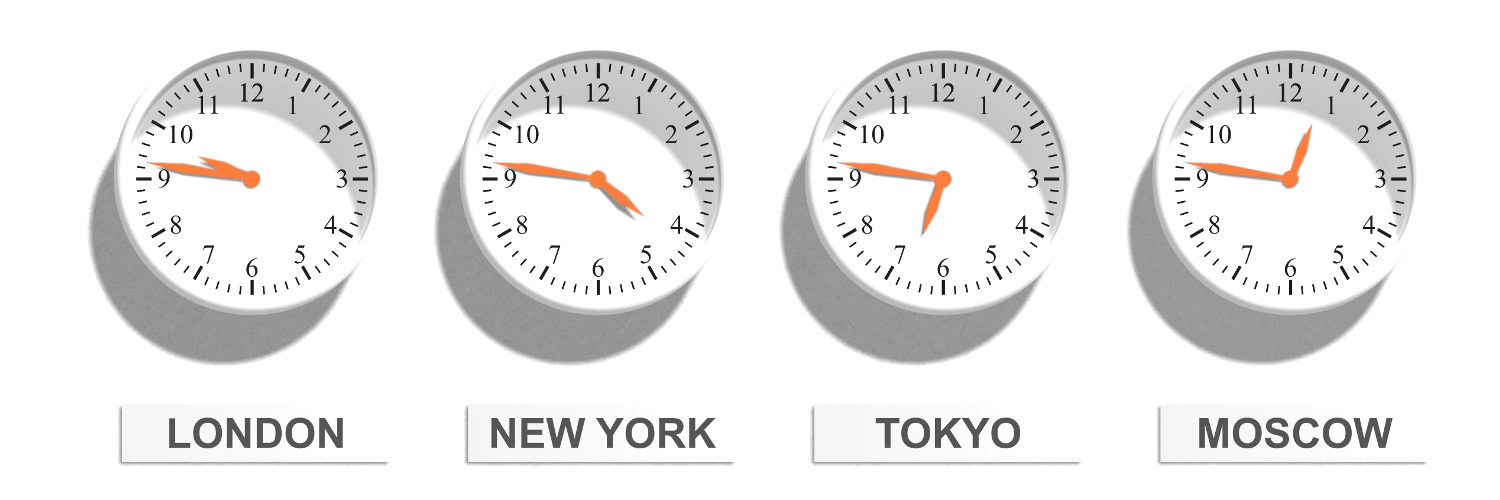Time & timezones
If you’ve ever been far away from someone you want to communicate with, you’ll know how annoying daylight saving times & timezones make it to coordinate time across the world.
You don’t want your users to have to have to reason about that, so you’ll have to make your application do the work for them & display them the time at their location.
Dealing with time isn’t necessarily difficult, you just have to be consistent.










